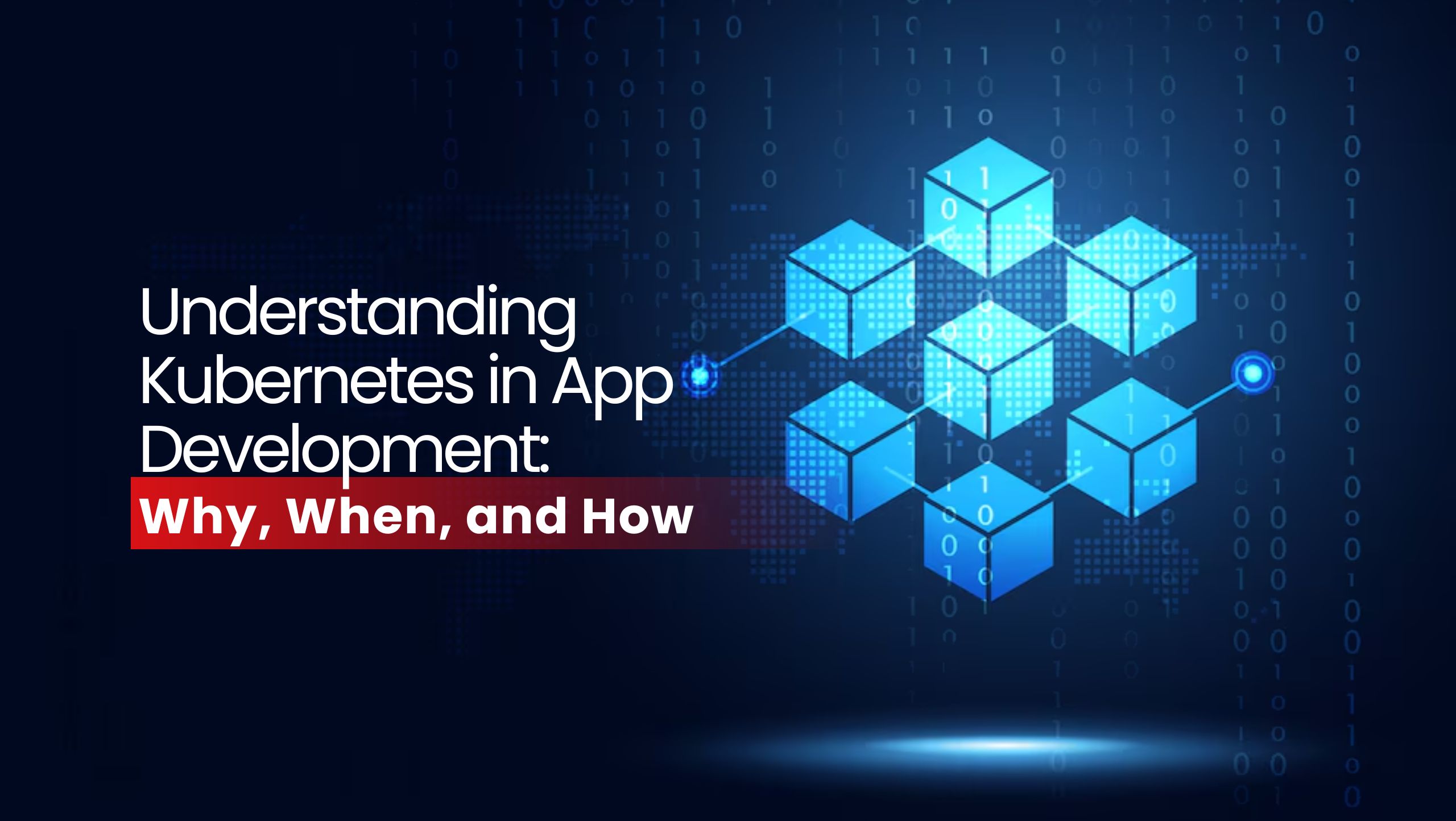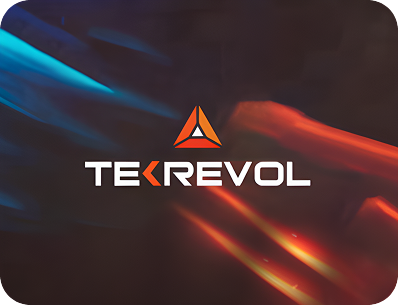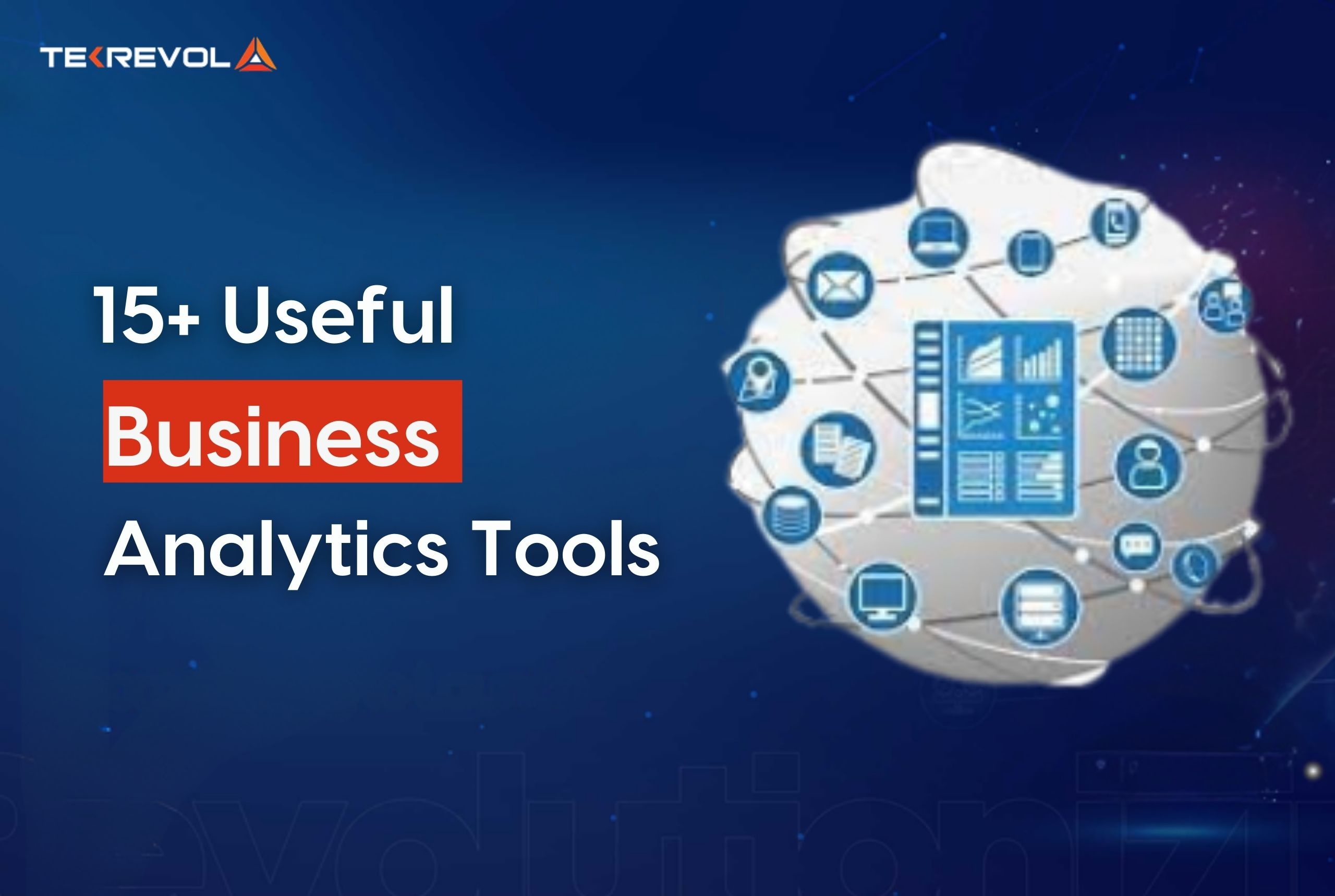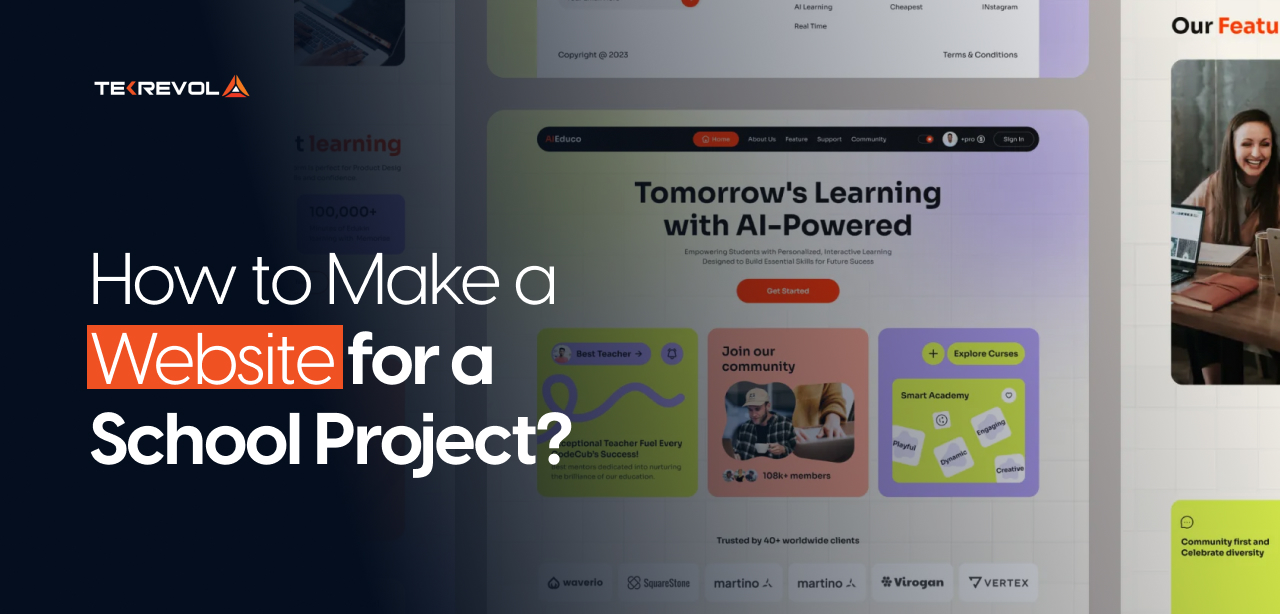Imagine launching an app that caters to millions of users without breaking a sweat, scales on its own and keeps your mind at peace – sounds too good to be true? Not with Kubernetes!
Since 2025 is all about scalability, innovation, and staying ahead of the curve – Kubernetes has come forward as an ultimate power move for businesses that aim to get their new year resolution right!
But what exactly is Kubernetes? At its core, it’s the tech world’s favorite multitasker that manages your application’s containers like a pro. In 2025, it’s not just a tool but the backbone of modern development.
Here’s a kicker: 96% of organizations are either utilizing or assessing Kubernetes as we speak. Whether you want to scale your application for millions, or want to give it a touch of AI, Kubernetes is here to do all the heavy lifting so you don’t have to!
Saying that, here is a comprehensive guide that comes with everything that you need to know about Kubernetes.
Kubernetes vs Docker – What’s The Difference?
The first thing that you need to know while starting with Kubernetes is it’s difference with Docker. Though both of these often go hand-in-hand, they are here to serve distinct purposes.
Here’s a table that will help you understand the basic difference between Kubernetes vs Dockers.
| Aspect | Kubernetes | Docker |
| Purpose | Container orchestration | Containerization and runtime |
| Scalability | Scales thousands of containers across nodes | Designed for single-host deployments |
| Use Case | Complex, multi-node architectures | Simpler, single-node applications |
Why Kubernetes is Necessary in 2025
Kubernetes has become the Beyoncé of application development tools – popular, versatile, and impossible to ignore. People doing enterprise software development in 2025 enjoy working with Kubernetes due to its ability to solve critical problems like low efficiency in container orchestration.
To understand it in a much better way, think of it as Kubernetes taking your apps and ensuring they can run smoothly even when thousands – or millions – of users hit them at the same time.
A report by CNCF highlights that over 96% of organizations are either using or evaluating Kubernetes – which clearly portrays that this isn’t just a trend but a future.
What’s the hype about?
- Scalability: With Kubernetes, apps can handle traffic surges without breaking a sweat.
- Cost efficiency: It optimizes resource usage, saving companies boatloads of cash.
Whether you’re an enterprise or a mobile app development company in Austin, Kubernetes makes scaling as easy as upgrading your Netflix subscription.
Support for Emerging Technologies
Kubernetes is not about apps, but it’s a backbone for AI/ML workloads, edge computing, and other emerging technologies in 2025. Think of it as running a machine learning model on the edge – let’s say a drone mapping a wildfire in real-time with no fear of downtime; sounds cool, right?
Today, businesses are utilizing Kubernetes to control distributed systems in multiple environments. Saying that every AI/ML startup based in Austin uses Kubernetes to construct faster, and smarter algorithms.
Improved App’s Portability And Flexibility
Remember when you tried to move apps from one cloud provider to another? It was like trying to switch from Android to iPhone without losing all your photos. That was painful, right?
Kubernetes eliminates that struggle by enabling multi-cloud and hybrid cloud deployments. This means you can host parts of your app on AWS, others on Azure, and maybe even sneak a bit onto Google Cloud.
For app developers in Austin—especially those working with small businesses – this flexibility is a lifesaver as there are no more vendor lock-ins and no more headaches.
- Are You Ready to Make Your App Kubernetes-Ready?
- Let Tekrevol take the complexity out of Kubernetes app development.
When to Use Kubernetes in Your Development Workflow?
Now that you know about the prime difference between Kubernetes vs Dockers and why it’s necessary, it’s time to understand when you should use Kubernetes in your development workflow.
Ideal Use Cases for Kubernetes
Think of Kubernetes like a sports car, it’s powerful, sleek, and built for performance – but would you take your sports car for grocery shopping? Exactly.
For starters, it’s easy to predict that an Austin-based mobile app development company working on a fitness app could use Kubernetes to ensure seamless updates-even during peak hours when users are obsessively tracking their steps.
But to make it even simpler for you, here are some of the ideal cases where you should implement Kubernetes:
- Microservices architectures: If you’re breaking your app into tiny, independent services, Kubernetes is your Best friend. It keeps everything running harmoniously, keeping your mind at peace at all times.
- High-scale apps: Running an e-commerce site during Black Friday? Kubernetes ensures you’re ready for the onslaught.
- CI/CD pipelines: Automation is king in 2025, and Kubernetes plays a starring role in continuous integration and deployment.
When Is Kubernetes Not Required?
This might come as a shocking revolution for you all, but not all applications require Kubernetes.
Here are when you should hold your horses:
- Small-scaled apps: Are you making an app for managing a simple to-do list? You do not need Kubernetes for this one. It’s using a bulldozer to plant a rose bush.
- Low complexity: If it is a simple one-server project, stick to Docker. This way, you don’t come across unnecessary complexity. You’ll know this when you learn about the Kubernetes vs Docker later in the guide.
Assessing Readiness within the Organization
Kubernetes isn’t a magic wand, it’s more like a chainsaw – powerful, but only if you know how to use it. Before diving in, you need to ask yourself:
- Does my team understand Kubernetes’ intricacies?
- Do we have the budget to maintain it?
Pro tip: Many app developers in Austin partner with Kubernetes-savvy consultants to kickstart their journey.
How to Implement Kubernetes in 2025?
Getting started with Kubernetes might feel like getting into a never-ending roller coaster. However, as scary as it seems, anyone with proper tools and knowledge, even developers in Austin, can master it efficiently.
The new norm is the use of Kubernetes as a basic structure of development for scalable and resilient apps. Here’s how you can set up Kubernetes to support your workflow in 2025.
Configuring Your Kubernetes Environment
When diving into Kubernetes app development, the first question is that you need to ask yourself is, “Do you want self-hosted or managed services?”.
Well, each choice has its pros and cons, and every decision depends on factors like budget, team expertise, and project scale.
| Feature | Managed Kubernetes (e.g., AWS EKS, GCP GKE) | Self-Hosted Kubernetes |
| Ease of Use | Simple setup with minimal maintenance | Requires deep technical expertise |
| Cost | Slightly higher due to service fees | Lower upfront cost but higher maintenance |
| Customizability | Limited customization options | Fully customizable for unique needs |
| Scalability | Built-in auto-scaling | Manual configuration required |
Managed Kubernetes services for startups and the mobile app developing companies in Austin are Amazon’s EKS, Azure’s AKS, and Google Cloud’s GKE. Their deployment is rather easy, relieving you of the need to manage the control plane of your Kubernetes.
Whereas self-hosted Kubernetes best suits larger corporations with experienced teams – especially organizations whose needs are either unique or targeting multi-cloud status.
Steps of Deploying Kubernetes
- Select your Deployment Model: Choose the managed vs. self-hosted Kubernetes.
- Install Kubernetes: Utilize kubeadm or work on a managed platform.
- Start Cluster: Define nodes, such as control plane and worker nodes.
- Deploy Your Application: Develop and deploy manifests for your application, such as YAML files.
- Monitor: Integration with tools such as Prometheus or Grafana for metrics.
- Secure the Cluster: Use Role-Based Access Control and network policies.
Pro tip: If you are new to what is Kubernetes, start small by deploying a simple stateless application. Once confident, scale up to multi-node clusters and enable auto-scaling features.
- Scale Smartly And Wisely With The Best Kubernetes Experts!
- Discover how Kubernetes can transform your app development journey.
Utilizing Advanced Kubernetes Features
By 2025, Kubernetes isn’t just about containers – it’s packed with advanced features to supercharge your apps.
Here are a few game-changing features:
-
Serverless Kubernetes
Serverless computing is on fire in 2025, and Kubernetes now supports serverless capabilities via tools like Knative. This allows you to deploy and scale functions (small units of code) without managing servers.
Use Case:
You are a mobile app development company in Austin, and you have built an app to track live events in the city. Serverless Kubernetes lets you auto-scale event-tracking features during high-demand periods.
| Feature | Traditional Kubernetes | Serverless Kubernetes |
| Resource Management | Requires manual scaling | Fully automated scaling |
| Cost | Fixed server costs | Pay only for what you use |
| Best For | Stateful apps | Event-driven workloads |
For microservices-based applications, Kubernetes can integrate with service meshes like Istio to make communication between services easier. This is important for managing traffic, ensuring security, and monitoring performance.
Why Service Meshes Matter:
- Simplified inter-service communication
- Built-in telemetry for better observability
- Traffic routing for A/B testing and canary deployments
-
Auto-Scaling and Resource Optimization
The real Kubernetes vs Dockers comparison relies on the size of the project your Austin development team is working on.
Getting started with Kubernetes, you should know that it works well for large-scale projects but would do wonders when implemented on small-scale applications.
Future Trends in Kubernetes and Application Development
The tech landscape is changing faster than Netflix can drop new shows – and witnessing all these changes; it’s wise to predict that Kubernetes will be at the forefront of app development in 2025.
From powering cutting-edge technologies like AI/ML to reshaping how we think about app deployment, Kubernetes continues to dominate the conversation.
Let’s unpack what the future holds for Kubernetes and how these trends will impact app developers in Austin and beyond.
-
Serverless Kubernetes
Serverless computing has gone mainstream in app development – it’s being used everywhere and is definitely very trendy. Serverless Kubernetes combines the best of both worlds, not only providing you with serverless platform flexibility but also delivering robust orchestration power for Kubernetes.
A recent CNCF survey reports that 73% of organizations using Kubernetes are exploring or already deploying serverless frameworks.
Now, why does this matter? Imagine your app auto-scaling on a big event without the need for manual intervention, sounds cool, right?
- Serverless Kubernetes enables developers to focus on writing neat and clean code
- Kubernetes handles the nitty-gritty scaling mechanics of the project.
-
AI/ML and Big Data Workloads
AI and machine learning aren’t just buzzwords anymore; they are revolutionizing everything from healthcare to dating apps. And behind many AI/ML operations you would find Kubernetes that orchestrates data pipelines and manage massive workloads like a champ.
Let’s learn with an example:
- AI startups in Austin are using Kubernetes to train machine learning models faster by distributing workloads across nodes.
- Big data platforms use Kubernetes to crunch numbers in real-time, helping businesses make smarter decisions.
Pro Tip: Tools like Kubeflow – an extension of Kubernetes for ML simplify running machine learning experiments and pipelines, making it easier for developers to integrate AI into their applications.
-
Kubernetes Ecosystem
By 2025, the Kubernetes ecosystem has reached a point where it feels more like a successful farmer’s market—so many options, all designed to make your life easier.
Here are some tools that are becoming must-haves:
- Argo CD for managing continuous delivery pipelines
- Helm Charts for painless app deployment
- Istio for enhanced service mesh capabilities
For Austin app development teams, these tools save time spent on debugging and get things out there faster and reliably.
-
Sustainability and Green Computing
The conversation around sustainable computing is heating up in 2025. Kubernetes is playing a profound role by optimizing resource usage and minimizing energy consumption. With energy-efficient clusters, companies can reduce their carbon footprint while still delivering high-performing apps.
Kubernetes in 2025 isn’t just a way to stay in trend, but it’s about being ahead of the curve. Whether it is the most innovative AI solutions or scaling an app for your local food truck, Kubernetes is the ticket to innovation and efficiency.
How Can Tekrevol Help You, Master Kubernetes?
Kubernetes can be daunting, making it seem like navigating a maze, but you don’t have to do it alone. We here at Tekrevol specialize in guiding businesses of all kinds through the complexities of Kubernetes app development.
Whether you are an Austin app development team that needs to scale your microservices or a global brand embracing AI/ML capabilities, the knowledge and expertise of our experts provide the answer you need.
From creating custom Kubernetes strategies to hands-on deployment, Tekrevol ensures that your app infrastructure is scalable, secure, and future-proof. We help you understand the difference between Kubernetes vs Docker so you can choose the best for your unique needs.
Our main idea is to free you to innovate faster, deploy smarter, and stay ahead of the competition in the competitive landscape of app development. Let us handle Kubernetes, and you get back to what you do best – build amazing apps.
- Your Kubernetes Experts Are Just a Click Away
- From Austin startups to global enterprises, we’re here to help you scale with confidence.







![What is Visual Regression Testing [2025 Definitive Guide]](https://d3r5yd0374231.cloudfront.net/images-tek/uploads/2025/11/Feature-19.jpg)



